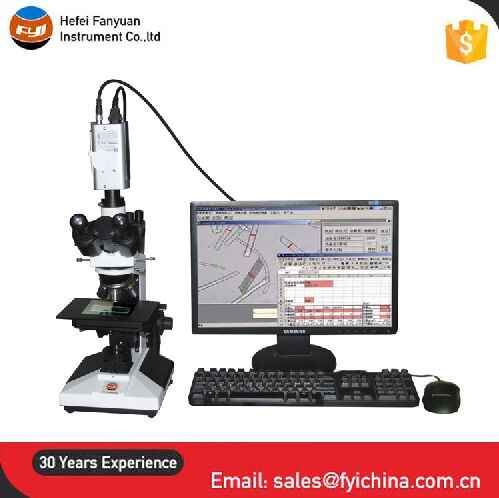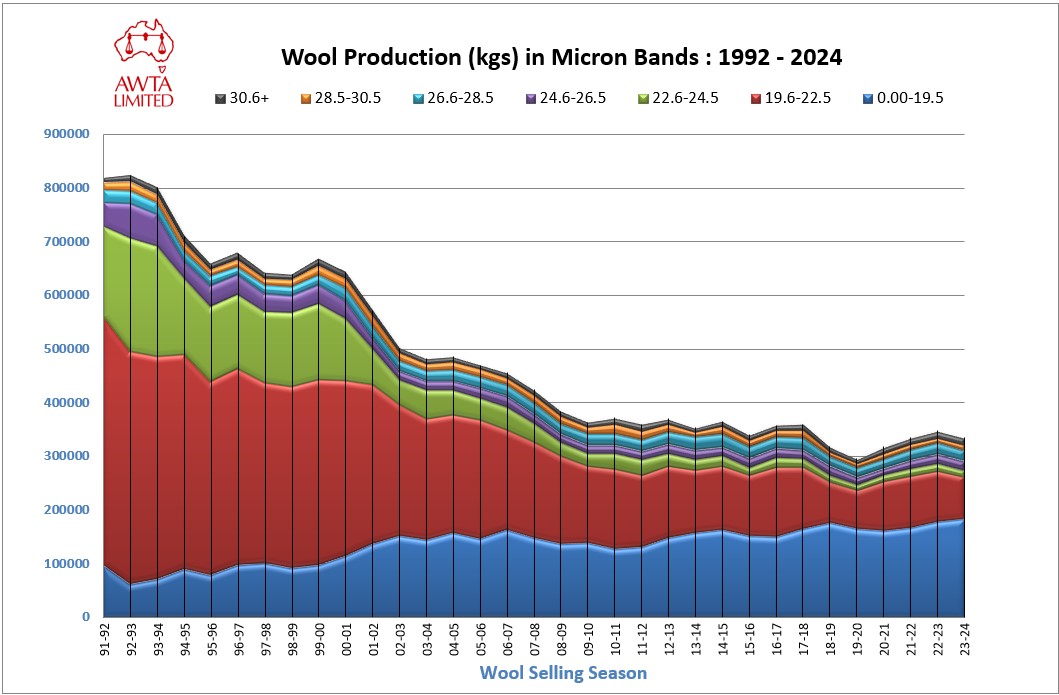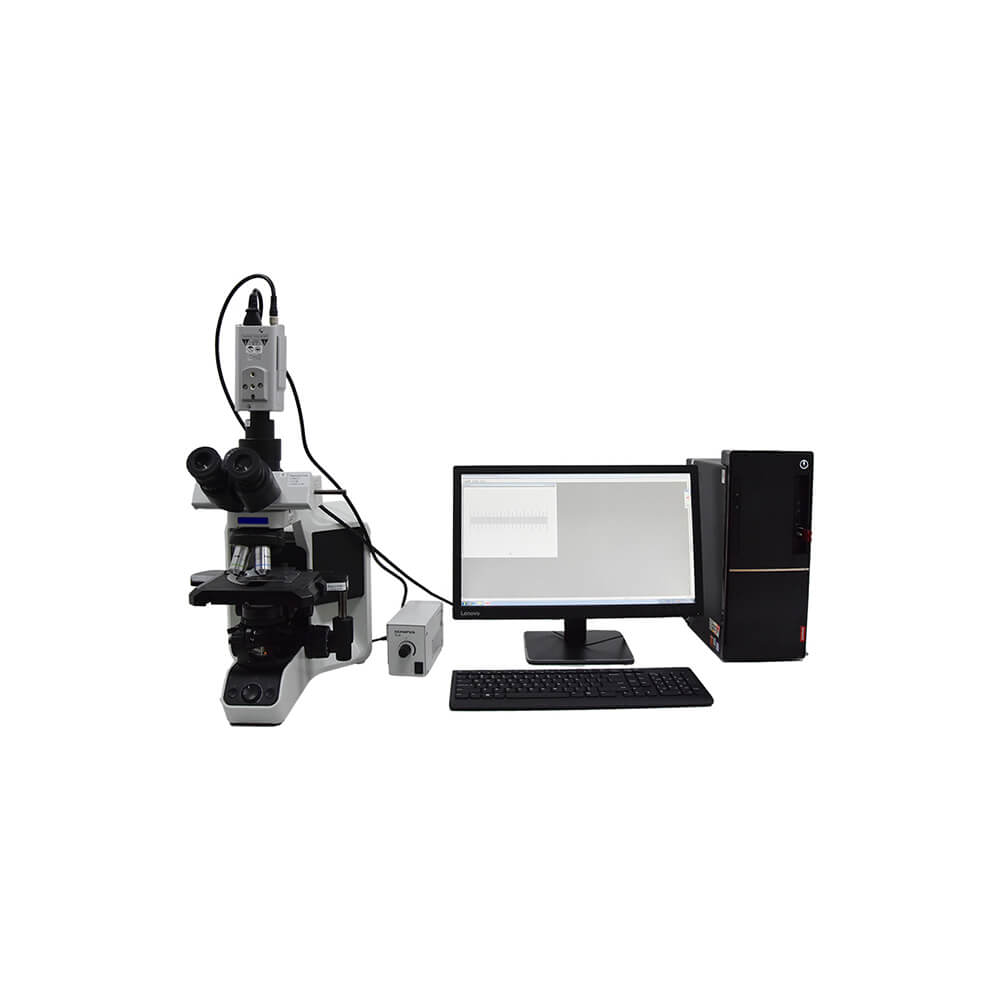Key Attributes to Look for in an Optical Fibre Diameter Analyser Device
Key Attributes to Look for in an Optical Fibre Diameter Analyser Device
Blog Article
Optimize Your Fiber Optic Efficiency: Understanding Optical Fibre Diameter Analyser Innovation
The performance of fiber optic systems is seriously affected by the precision of their diameter, an aspect often overlooked in the search of optimal signal integrity. Understanding the technology behind optical fibre size analysers discloses the intricate balance in between measurement accuracy and manufacturing quality.
Relevance of Optical Fibre Size
The diameter of optical fiber plays a critical function in figuring out the efficiency and performance of communication systems. Conversely, smaller sized sizes often tend to sustain less settings, which can improve signal clearness and reduce crosstalk.

Additionally, comprehending the size's implications can lead to cost savings by decreasing the demand for signal amplification and repeaters in considerable networks (optical fibre diameter analyser). To conclude, the importance of optical fibre size can not be overstated, as it directly affects the overall effectiveness and integrity of contemporary interaction systems

How Diameter Influences Signal Quality
Signal top quality in optical fiber systems pivots significantly on the size of the fiber. The size affects a number of key specifications, consisting of attenuation, transmission capacity, and modal dispersion. A smaller sized diameter can bring about greater attenuation prices, causing signal loss as light trips through the fibre. This depletion can endanger the stability of the transmitted data, bring about a decline in signal top quality, especially over lengthy ranges.
Conversely, larger diameters usually permit for improved light capture and decreased modal diffusion, enhancing signal quality. In multimode fibers, a bigger core size can sustain numerous light modes, however it may also introduce intermodal dispersion, which can break down signal high quality. For that reason, choosing the ideal fibre diameter is vital for accomplishing the wanted performance in specific applications.
Moreover, the interaction between the fiber size and the wavelength of the light made use of plays an important function in establishing the efficient transmission distance and general signal honesty. Therefore, recognizing just how fibre size affects signal quality is vital for network designers and designers making every effort to enhance optical fiber systems for trustworthy, high-speed information transmission.
Introduction of Diameter Analyser Innovation
In numerous optical fiber manufacturing procedures, precise dimension of fibre diameter is necessary for guaranteeing constant efficiency and quality (optical fibre diameter analyser). Size analysers are innovative instruments designed to assess the physical dimensions of optical fibres with high precision. They use sophisticated optical and laser technologies to measure the diameter, ovality, and concentricity of the fibre, hence providing vital data for quality assurance
These analysers can run in-line throughout the production process or as component of off-line testing procedures. In-line systems enable real-time monitoring, permitting suppliers to adjust specifications immediately, thereby keeping optimum manufacturing conditions. Off-line analysers, on the various other hand, provide detailed analyses of sets, guaranteeing that any type of variances from defined tolerances are identified and resolved.
Diameter analysers dramatically contribute to the reduction of flaws in optical fibres, boosting total item integrity. By consistently measuring key parameters, these technologies assist in compliance with sector standards and requirements. As the demand for high-performance optical fibres remains to climb, the duty of see this site diameter analysers ends up being progressively important in attaining the preferred top quality and performance criteria in fibre optic systems.
Key Features of Fibre Diameter Analysers
Although numerous designs of fibre diameter analysers exist, they frequently share several crucial features that enhance their functionality and integrity. One of one of the most substantial functions is high-resolution measurement capacities, which guarantee accurate size readings, essential for maintaining top quality control in fibre manufacturing. Furthermore, lots of analysers incorporate innovative optical sensors designed to discover minute variations in fiber diameter, therefore providing important information for process optimization.
One more crucial function is real-time monitoring, allowing drivers to get instant feedback on fiber size throughout the useful source manufacturing process (optical fibre diameter analyser). This capability facilitates quick adjustments and decreases the likelihood of flaws. Numerous analysers likewise come geared up with straightforward interfaces, making it possible for operators to easily navigate via information and settings outputs
Moreover, durable data storage and evaluation functionalities are necessary for tracking historic performance fads and making certain compliance with industry requirements. Some models also supply connectivity alternatives for combination right into existing manufacturing control systems, boosting total functional performance. Lastly, portable and mobile designs enable for flexible release within manufacturing settings, ensuring that quality guarantee procedures are smooth and effective. These features collectively contribute to the effectiveness of fibre size analysers in enhancing fiber optic efficiency.
Finest Practices for Fiber Optimization

First, normal calibration of optical fibre diameter analysers is crucial. This makes certain precise measurements and reduces prospective discrepancies that can affect performance. Next off, maintaining a tidy workplace is vital; dirt and contaminants can result in signal degradation.
Furthermore, it is important to choose fibers that satisfy details application demands. This includes reviewing elements such as depletion, transmission capacity, and ecological conditions. Appropriate installation techniques need to additionally be stuck to, including avoiding sharp bends and extreme stress, which can endanger fiber integrity.
Additionally, using advanced monitoring systems can facilitate real-time performance assessments, allowing timely identification of concerns. Routine testing and upkeep official site ought to be carried out to make certain that fibres stay within optimal operational parameters.
Finally, training workers on the most recent fiber optimization modern technologies and methodologies will certainly enhance their capacity to apply reliable strategies. By adhering to these ideal methods, organizations can substantially enhance the efficiency and lifespan of their optical fibre systems, ensuring efficient interaction and data transfer.
Conclusion
Finally, the integration of optical fibre diameter analyser modern technology is critical for maximizing fibre optic efficiency. By making sure specific dimensions of fiber dimensions, these analysers considerably improve signal high quality and minimize losses throughout data transmission. Regular calibration and maintenance of the analysers are necessary to support optimal performance and compliance with sector criteria. Inevitably, the application of this innovation promotes boosted information transmission rates and strengthens signal honesty, adding to the general efficiency of fiber optic systems.
Signal high quality in optical fiber systems pivots considerably on the size of the fiber.In lots of optical fibre manufacturing procedures, accurate dimension of fiber size is crucial for making certain regular performance and top quality. As the demand for high-performance optical fibers proceeds to climb, the function of size analysers ends up being progressively crucial in achieving the wanted high quality and efficiency requirements in fibre optic systems.
These attributes collectively add to the effectiveness of fibre diameter analysers in enhancing fibre optic efficiency.
In verdict, the assimilation of optical fibre diameter analyser modern technology is essential for making the most of fiber optic efficiency.
Report this page